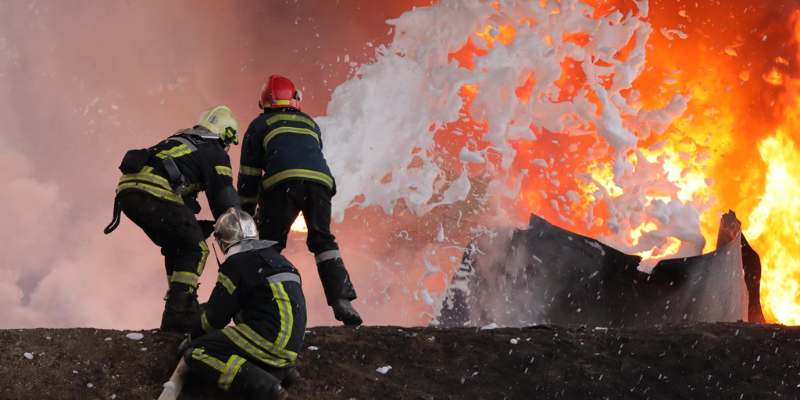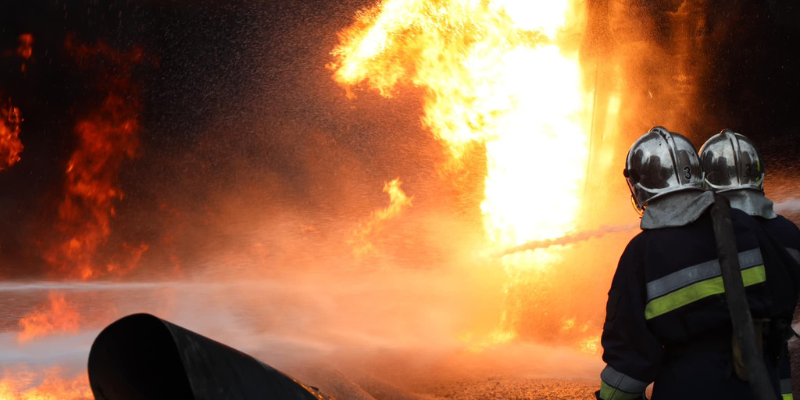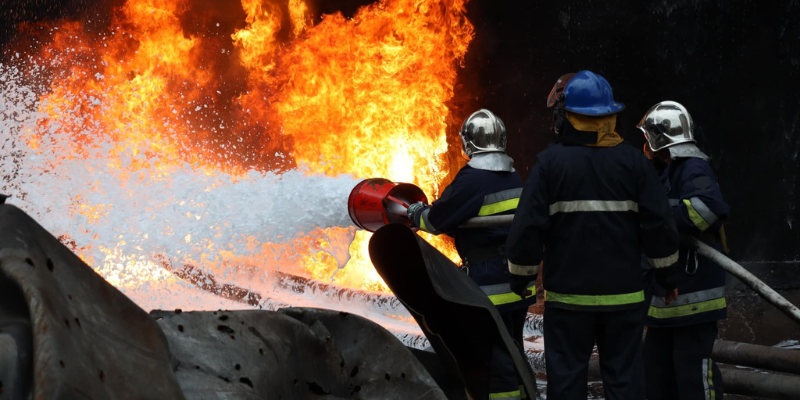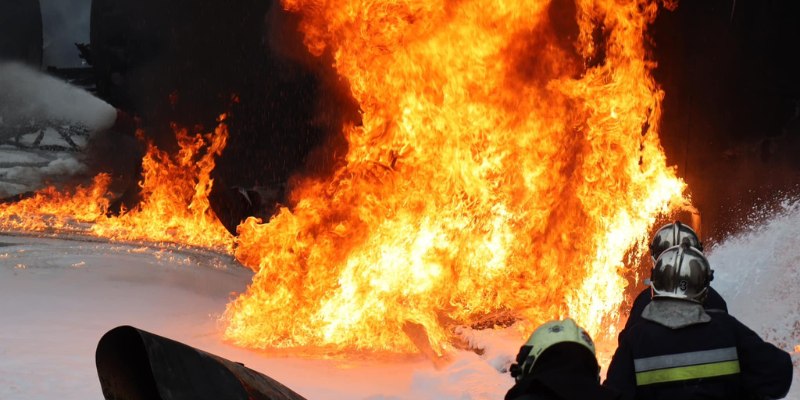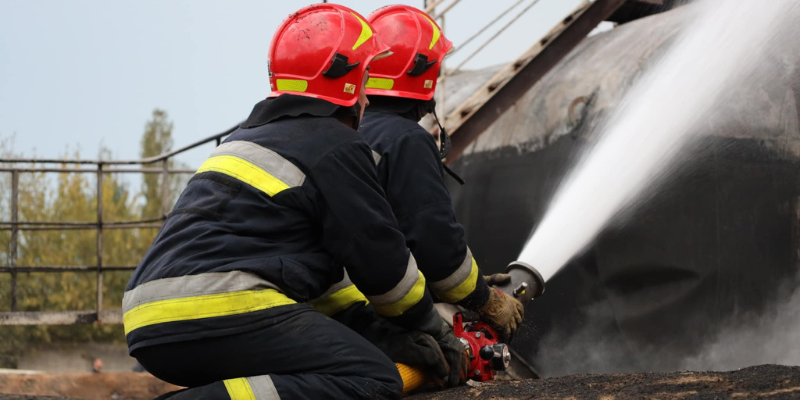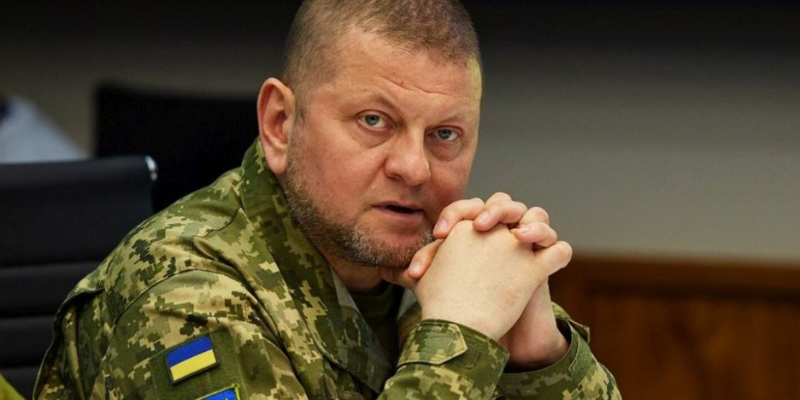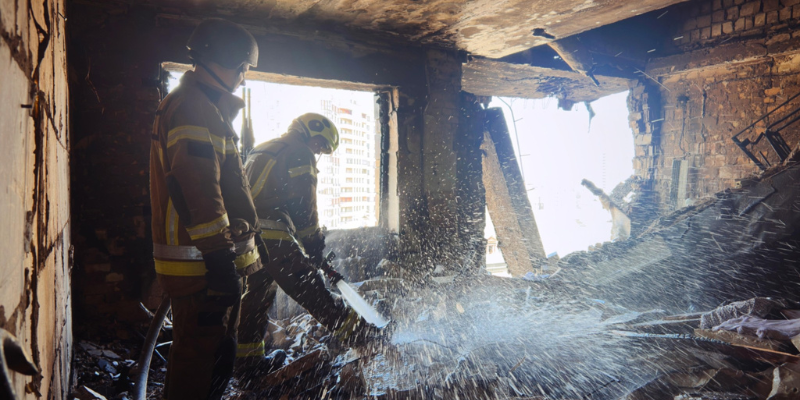Ukrainian forces destroy Su-34 and ammunition depot at Russian airfield of Morozovsk
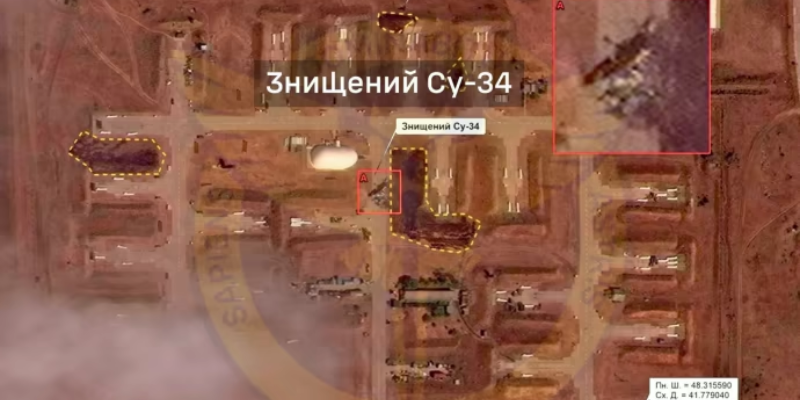
According to a report from the Defense Intelligence of Ukraine (DIU), strikes on the Morozovsk airfield in Russia resulted in the destruction of a Su-34 fighter-bomber and an ammunition depot on August 3. It is also believed that two other Russian aircraft of the same type were likely damaged by debris from the explosions. The DIU’s space intelligence data indicated that the fire attack caused a Su-34 to be destroyed, and craters from the explosions near the aircraft suggest additional damage. The report also mentioned that the enemy’s aviation weapons depot was completely destroyed, leading to large areas of scorched earth around the airfield due to secondary detonations of Russian ammunition. Additionally, four technical buildings and two hangars at the Morozovsk airbase suffered visible damage as observed from space.
SOURCESymbolic number of the Day
The Ukrainian Air Force has announced that since the start of the invasion, they have successfully destroyed over 8,000 enemy air targets, including airplanes, helicopters, cruise missiles, and drones. Lieutenant General Mykola Oleshchuk, the commander of the Air Force of the Armed Forces of Ukraine, emphasized the importance of a strong aviation coalition and the need to protect Ukrainian airspace. The Air Force has been working closely with the air defense units of the Armed Forces to repel the enemy attacks, which occur 24 hours a day. According to Oleshchuk, the battle for the sky continues as the enemy conducts aerial reconnaissance and employs attack drones at night. Over the past two and a half years, Ukrainian pilots have flown more than 20,000 combat missions.
SOURCEWar in Pictures
On Sunday, Russia attacked infrastructure facilities in Vinnytsia Oblast with drones, causing a large-scale fire. However, there were no casualties among the State Emergency Service and civilians. The State Emergency Service responded quickly to the incident and engaged 64 personnel and 23 pieces of equipment to extinguish the fire. Two Ukrzaliznytsia fire trains were deployed to ensure uninterrupted water supply to extinguish the fire.
SOURCEVideo of the Day
SSU (Security Service of Ukraine) fighters burn Russian “Solntsepyok”. Ukrainian fighters successfully destroyed a heavy flamethrower system TOS-1A “Solntsepyok”, which is the “pride” of the Russian military-industrial complex and a rare target at the front, in the Zaporizhzhia sector. During the reconnaissance, they recorded the position of the system, which was equipped with a full ammunition package and ready to strike. The SBU destroyed the system and its crew.
SOURCEISW report

Russian milbloggers responded to the arrival of F-16s by trying to downplay their potential battlefield effects—directly undermining Russian information operations intended to frame the delivery of F-16s and other Western weapons systems as an uncrossable “red line.”
Several Russian milbloggers claimed that Western and Ukrainian media are “overhyping” the arrival of F-16s in order to distract from battlefield failures, and many milbloggers turned to immediately discussing how Russian forces will begin targeting and destroying the aircraft.
Russian information space commentators and officials have frequently claimed that the delivery of Western weaponry to Ukraine constitutes a red line, that if crossed, will force Russia into an escalatory response. Russia has repeatedly proven, however, that the invocation of supposed “red lines” is a reflexive control technique intended to force the West into self-deterring against providing Ukraine with additional military aid.
Western and Ukrainian policies have crossed Russia’s self-defined “red lines” multiple times since the beginning of the war without drawing a significant Russian reaction, which Russian milblogger comments suggest will prove to be the case with Russia’s response to F-16s.
SOURCEWar heroes

25-year-old defender Andriy Koval, with the call sign Kratos, died on March 12, 2024, near Mariinka, Donetsk Oblast. While performing a combat mission, he was fatally wounded by an enemy Lancet UAV.
Andriy was born in the village of Hirske, Lviv Oblast. Later, the family moved to Lviv. He studied at secondary school No. 99 there. He graduated from Lviv State University of Life Safety with a degree in Fire Safety. He was fond of landscape design. He was engaged in entrepreneurial activities—he had a small landscape company and dreamed of expanding it.
With the beginning of the full-scale invasion, the man stood up to defend his homeland from the invaders. He fought in the 33rd separate mechanized brigade of the Armed Forces of Ukraine. He performed combat missions in the Southern and Eastern directions.
“Andriy loved life. He was fair, responsible and kind, respected his family and friends. He was hardworking, never afraid of work. His actions were an example for his younger brother to follow. He was a loyal and reliable friend. Despite the difficulties, he always smiled. He knew how to make others laugh, he was the life of the party. His death is a great loss for the whole family. He dreamed of doing so much more in life…” said his cousin Maria Dudych.
The Hero was buried at the Mars Field of Lychakiv Cemetery in Lviv. Andriy is survived by his parents, brother, relatives, friends and fighters-in-arms.
*Andriy’s story on the Heroes Memorial – a platform for stories about the fallen defenders of Ukraine.
SOURCELatest news
- Ukrainian F-16s receive missile attack warning systems
- Putin’s willingness to hand over weapons to Houthis is way to divert Western support for Ukraine
- Lithuanian Foreign Minister explains why he is surprised by calls not to punish “ordinary Russians” with sanctions
- Ukrainian air defense shot down all 24 enemy Shahed UAVs overnight
- Donetsk Oblast announces mandatory evacuation for over 700 children
- Zelenskyy wants to convene the NATO-Ukraine Council to discuss assistance in shooting down Russian missiles
